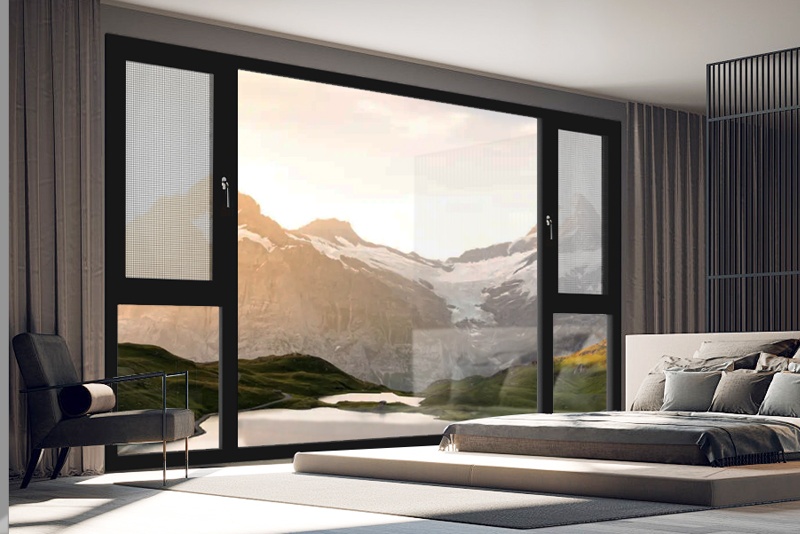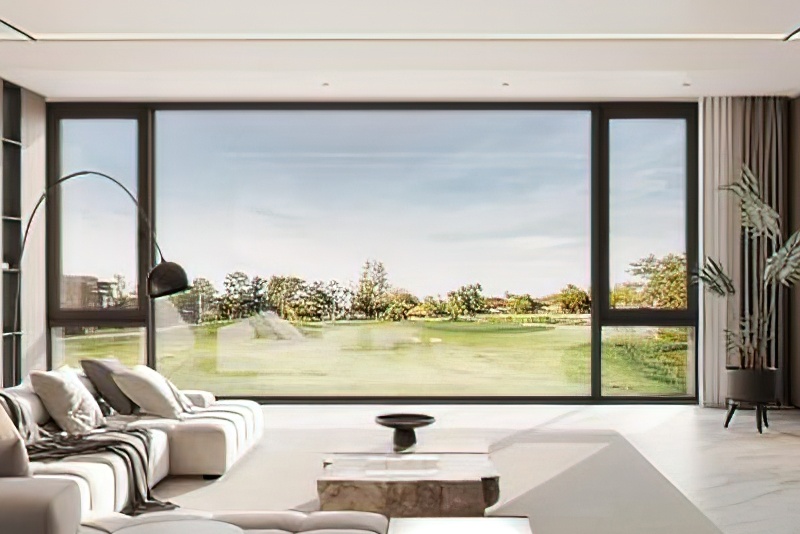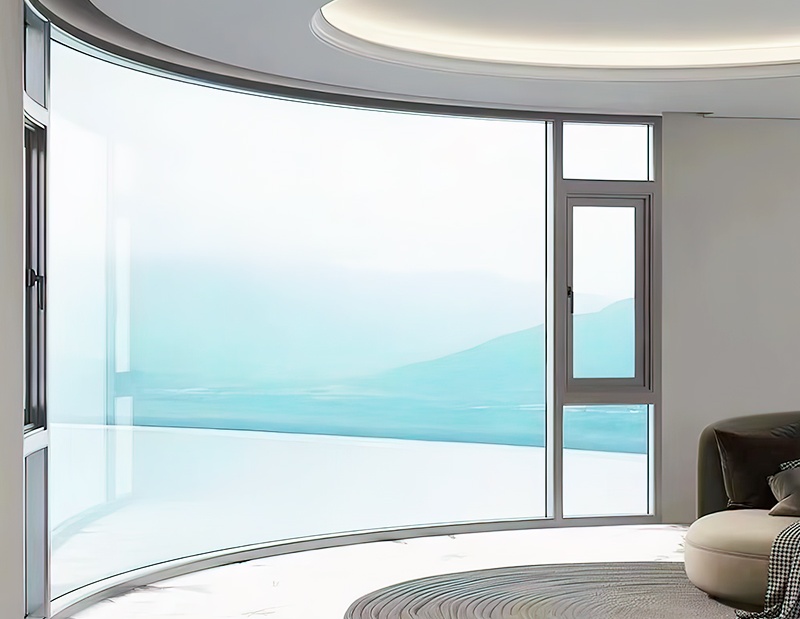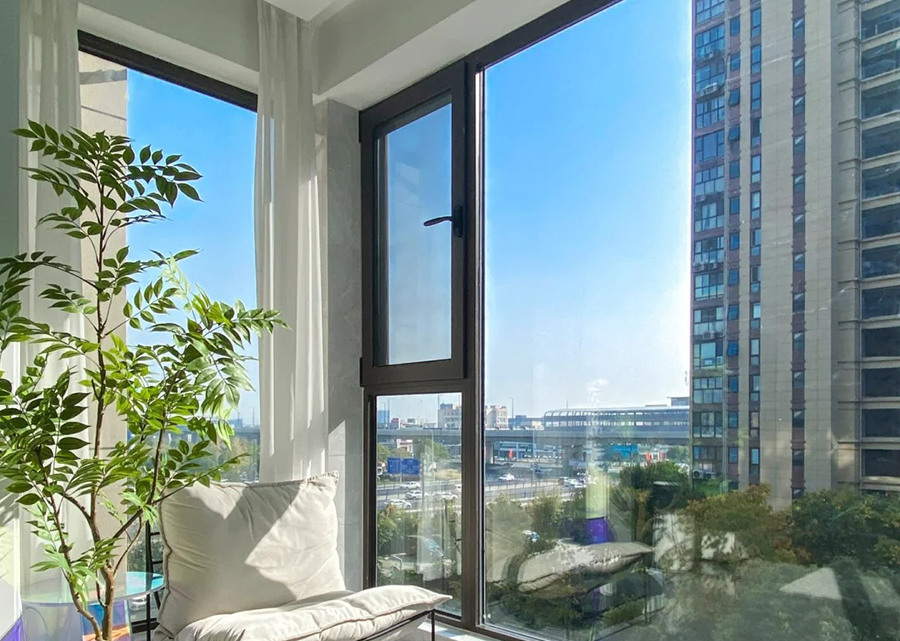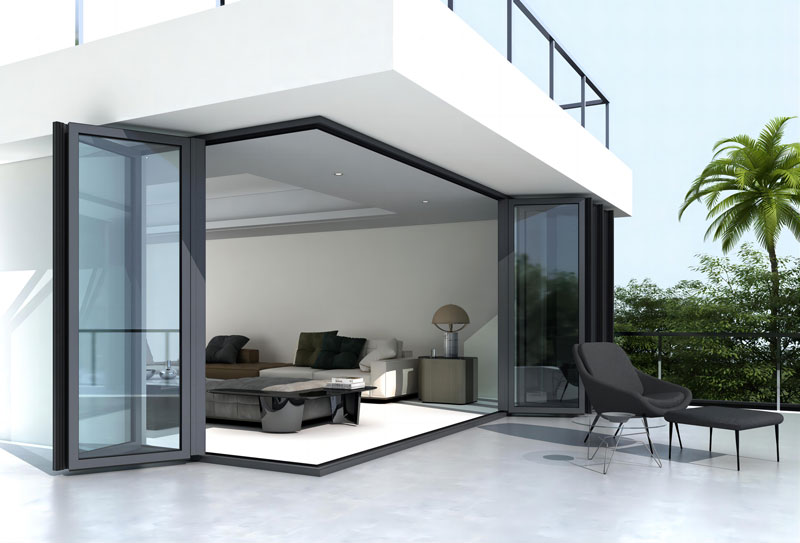The Kitchen Door Dilemma: Hinged Door or Sliding Swing Door?
In the world of design, there’s a truth we often learn too late: the wrong door can silently undermine your kitchen’s functionality for years to come. That charming hinged door you envisioned might become a daily obstacle, while a sleek sliding swing door could be over-engineered for a small pantry.
This isn’t simply about choosing a style from a catalog. This is about selecting a traffic management system for the busiest room in your house. Through countless installations we’ve witnessed, the biggest mistake is prioritizing aesthetics over mechanical function. Let’s look beyond the surface and examine how hinged doors, sliding swing doors, and classic kitchen swing doors actually perform when the heat is on in the kitchen and space is tight.
The Unspoken Trade-offs: What Brochures Don’t Tell You
Forget the sales specifications. The true advantages and disadvantages of your door choice are measured in wasted inches and daily inconveniences.
The Spatial Tax of Hinged Doors
While everyone knows hinged doors require swing clearance, we rarely acknowledge the true cost. That graceful arc isn’t just empty space—it’s valuable floor real estate where you can’t place a kitchen island, a bar cart, or a simple counter extension. It’s a permanent “no-go zone.” In contrast, the sliding swing door pays its “spatial tax” along the wall. It requires space for its panels to retract, but it gives you back every square inch of that crucial floor area. In a compact layout, this is the difference between a kitchen that feels cramped and one that feels spacious.
Managing Morning Chaos: The Flow Factor
A door’s true test comes at 7:42 AM on a weekday. You’re bleary-eyed with hot coffee, your partner is scrambling for keys, and the dog is weaving between your legs. A standard door becomes a liability. This is when a double-action kitchen swing door proves its worth. It operates on muscle memory—a nudge from the hip, a push from the elbow. It’s fluid and forgiving. Meanwhile, the sliding swing door masters spatial connection. It doesn’t just open; it can virtually disappear, transforming your kitchen and patio into one continuous entertainment space for summer grilling.
Containment vs. Connection: The Social Dilemma
Solid-core hinged doors excel at containment. They’re your best ally for hiding the visual and auditory chaos of a post-dinner kitchen from guests in the living room. Yet this same strength can become a weakness, making the cook feel isolated. The modern solution, perfected by brands like KANOD, lies in strategic glazing. A sliding swing door with full-height glass panels maintains visual connection and borrows light, making a small kitchen feel part of a larger whole even when closed.
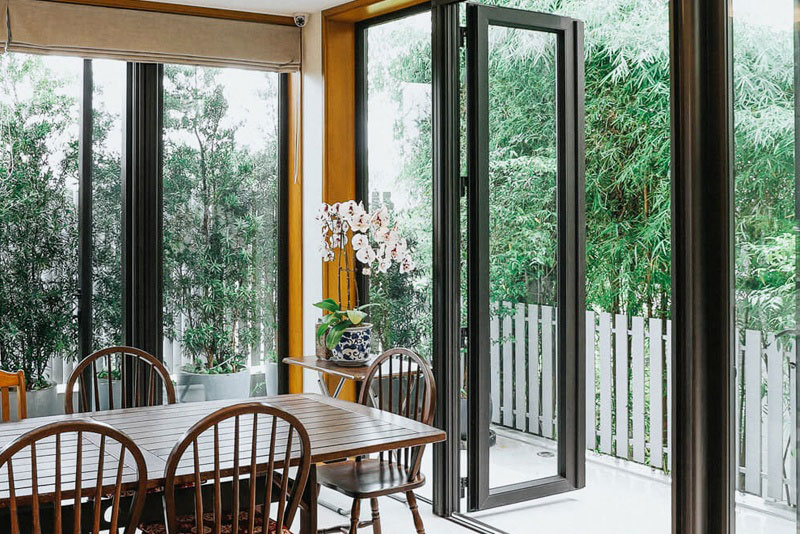
Hinged vs Sliding Swing Doors: Best Kitchen Door Guide
Matching Solutions to Problems: Which Door Addresses Your Actual Needs?
Don’t just choose a door—choose a solution. Here are common kitchen pain points and their answers:
Problem: “My galley kitchen feels like a cave”
Solution: Sliding swing door
Reason: Its primary function is saving floor space and maximizing natural light. By sliding parallel to the wall, it eliminates the swinging arc that cramps narrow kitchens. The extensive glass panels standard in these units act as light channels, making the entire space feel airy and connected.
Problem: “Our mornings resemble traffic gridlock”
Solution: Double-action kitchen swing door
Reason: This is a door designed for kinetic energy. It effortlessly handles bidirectional traffic and “hands-full” scenarios. For busy households where function consistently outweighs architectural statements, it’s the reliable workhorse.
Problem: “I want my kitchen to open to the garden”
Solution: Large sliding swing door system
Reason: This is its fundamental purpose. It transforms a wall into a vast, open threshold. For those pursuing indoor-outdoor living, no other door type compares to the transformative “glass wall” effect it creates.
The Pragmatist’s Comparison Guide
Let’s simplify this to a decision matrix:
If your priority is privacy and containment: Choose a solid hinged door. It performs best at blocking odors, sound, and visual clutter. Consider it for pantries or utility rooms.
If your priority is space and connection: Choose a sliding swing door. It’s the undisputed champion for saving floor space and creating an open, light-filled atmosphere.
In the kitchen, the choice often boils down to one question: Are you trying to hide the mess or showcase the space? A KANOD kitchen swing door manages the mess; a KANOD sliding swing door celebrates the space.
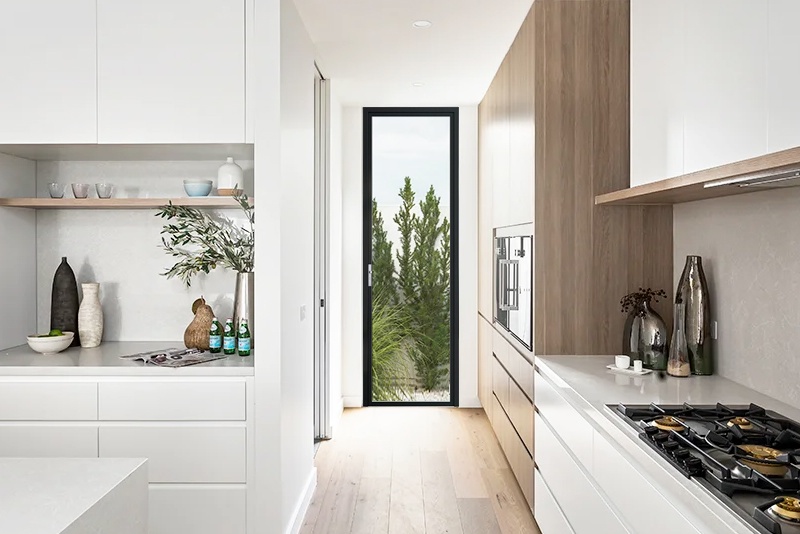
Hinged vs Sliding Swing Doors: Best Kitchen Door Guide
Four Essential Questions Before Installation
Before signing the order, ask yourself these four questions. Their answers reveal more than any product specification sheet.
“Where will this door be in five years?” Is it a permanent fixture in a home you love, or a value-added improvement for a future sale? The answer determines your investment level. Don’t over-engineer for a short-term property.
“Can I live with its mechanical requirements?” The novelty of a sliding door fades if the track collects food crumbs and pet hair. The appeal of a swinging door diminishes if it constantly blocks the refrigerator. Envision the maintenance and potential friction.
“Does it pass the grocery run test?” Mentally simulate coming home with heavy grocery bags. Is the door easy to navigate? Or is it an obstacle? This simple thought experiment can disqualify an otherwise “pretty” choice.
“Is the hardware worthy of my home?” The mechanism is the door’s soul. It should feel robust and smooth, not plastic and lightweight. This is where you sense a brand’s commitment to engineering excellence.
Conclusion
The right door isn’t the most beautiful one in the showroom. It’s the one you eventually stop noticing because it works in perfect, silent harmony with your life. This marks the difference between a mere house fixture and the functional heartbeat of a home.



